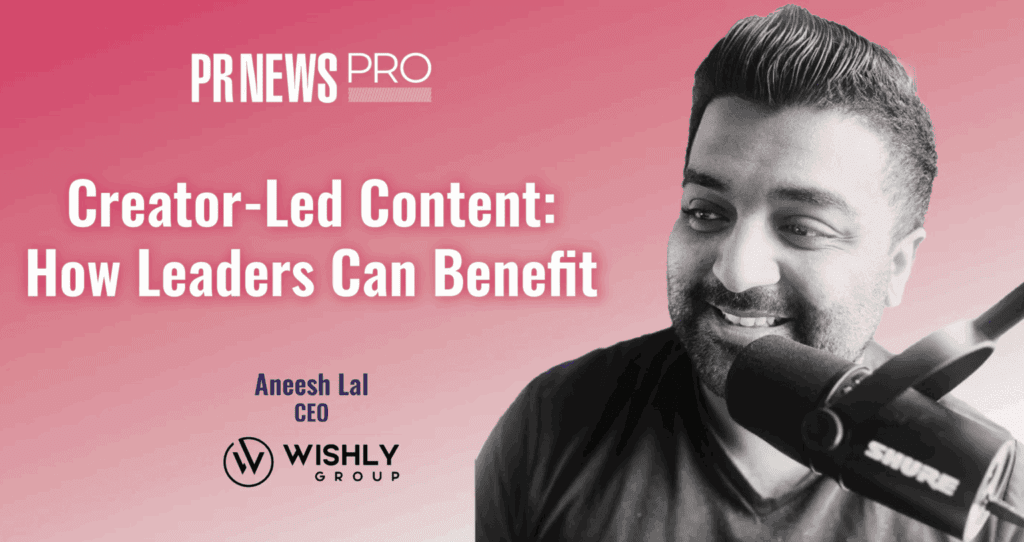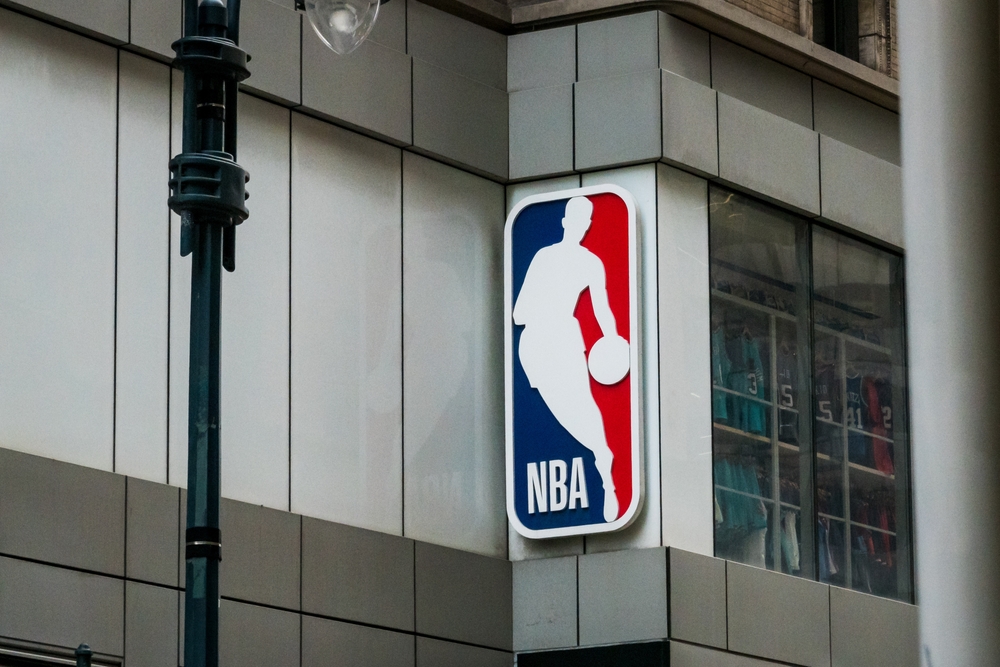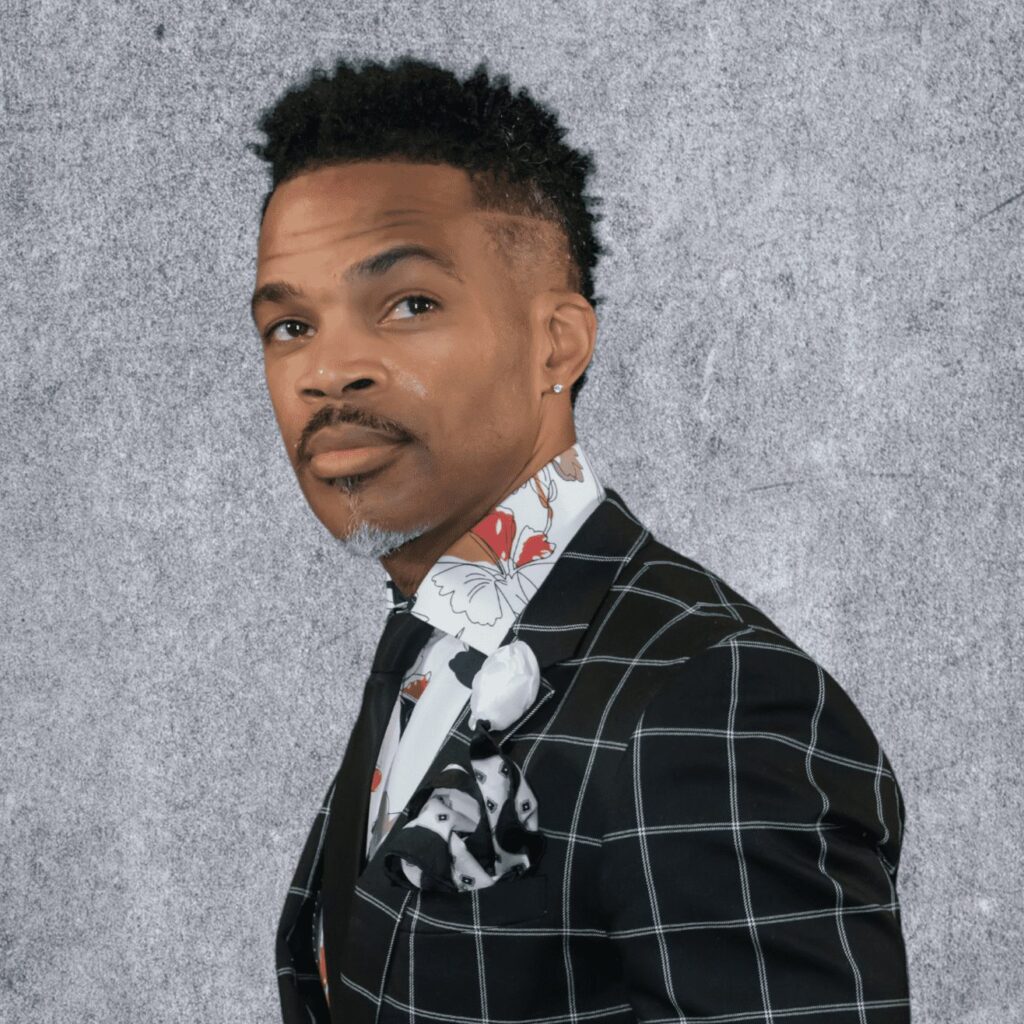Nothing is easy these days. And that’s a good thing.
In the not-too-distant past, marketers looking for technology to help them interact with customers had two avenues: telephone calls and phonecards.
PROMO started the Dialog Awards competition six years ago to recognize noteworthy campaigns which used phonecards to establish a connection between brand and customer. Connections were both literal (through activation delivering the marketing message directly and often collecting data as well) and figurative (through brand-building offers of goodwill).
Today, technology choices aren’t anywhere near as simple. The rise of the Internet has given marketers the opportunity to establish two-way communication literally anywhere: at home or the office, in the store environment — even in the car or on the street.
Thus, it was time for the Dialogs to better reflect this technological evolution by expanding to include the numerous other interactive marketing channels now available. This year’s program examined the successful measures brands are taking to reach customers through the Internet, e-mail, CD-ROM and DVDs, and in-store systems — as well as phonecards (the old staple has gone well beyond the free-minutes giveaway).
What follows are profiles of one Gold Award-winning campaign from each category, along with six Silver winners chosen irrespective of channel.
Need to talk directly to your customers? Here are some good examples of how to open up the dialog.
Gold: E-Mail
Campaign: Tonight’s First Course
Client: Mercedes-Benz
Agency: GMR Marketing
Mercedes Benz USA, Montvale NJ, found a new way to mingle with prospective buyers during 2001: over dinner. The luxury auto-maker wanted to extend advertising for its C-Class cars, themed “Live. A lot,” with a tasteful test-drive event.
Mercedes partnered with hot restaurants in 17 cities to serve up a before-dinner test drive and special C-signature appetizer created by each restaurant’s chef. (Restaurants including Lapis, Blackhawk Grille, and Buckeye Roadhouse were picked by GMR Marketing, New Berlin, WI.)
Prospects who visited TheNewC.MBUSA.com were e-mailed an invitation, which included a link to restaurant reservation site SavvyDiner.com where they RSVP’d for dinner or lunch. (They could also register via a toll-free number.) At the restaurant, guests were greeted by Mercedes product specialists, not sales reps, then took a C240 sedan out for a spin before being seated for Mercedes’ complimentary appetizer. Diners could choose to stay for the rest of the meal on their own. (Other restaurant patrons were also offered a test drive.)
This is the first time Mercedes’ C-Class has targeted consumers 24 to 39. “Trendy, upscale restaurants do a great job attracting that target,” says Mike Russell, the brand’s department manager-presence marketing, who credits GMR with the idea. (A similar program, Mercedes Music Room, kicks off second-quarter 2002 by inviting prospects to hear big-name bands in intimate venues.)
More than 85 dealers participated in the year-long First Course effort, which garnered 10,105 test drives — a significant contribution to the 2001-model launch. Or is that lunch?
Gold: Internet
Campaign: Amstel Light Beach Patrol 2001
Client: Heineken USA
Agency: Momentum Marketing Services
How do you get beachgoers to interact with your brand online? Send them a postcard.
Heineken, White Plains, NY, wanted to increase awareness and trial for Amstel Light during the busy summer season — and keep the attention of key on-premise accounts. So Washington, DC-based Momentum Marketing Services packed its digital camera and hit the beach, snapping photos of Amstel Light drinkers and friends whooping it up. The photo postcards of folks posing with giant Amstel Light inflatable bottles and cans were given to consumers right away, but were posted on a special Amstel Light Web site, buzzphotos.com, so partygoers could share them with family and friends, either by viewing them on the site or via e-mail. Not all cards are posted, but those that make the site are sorted by city, date, and time of day.
“This connects with consumers without overwhelming them,” says Amstel marketing director Yuri Schwalbe. “It reinforces the fun atmosphere without detracting from their own activities.”
The annual promo has grown steadily since its 1998 inception via Ryan Partnership, Westport, CT, which handles creative (Momentum takes care of execution). It’s part of Amstel Light’s “Project Utopia” media and promo push, which has spurred double-digit growth the last few years, Schwalbe says.
Beach Patrol hit five markets the first year. This year, the summer-long effort (late June through Labor Day) toured bars and clubs on or near beaches in 17 markets, including major cities and broader regions such as the Hamptons and the Jersey Shore.
Beach crews gave away 45,071 postcards during 658 events. That coverage alone — with no additional ad support — drove 1.5 million hits to the Web site. Distributors liked the reach of the program, which extended brand awareness beyond the standard bar-night event, and used the postcard site to sell in key accounts. Not bad for a day on the beach.
Gold: Phonecard
Campaign: Connection Cards
Client: Aventis Pharmaceuticals
Agency: PowerPact, LLCSolutions
Supplier: Phonecard Express
Bridgewater, NJ-based Aventis tapped PowerPact to develop a national program for its Taxotere breast-cancer treatment drug that would boost sales while offering support to patients.
“Doctors get bombarded with materials all day long,” says PowerPact principal Christine Price. “We wanted to distinguish Taxotere from the other drugs that were being pitched.”
After research found that oncologists desired useful materials they could pass along to patients, Bethesda, MD-based PowerPact designed a “Connections Cards” gift ensemble containing 10 custom notecards, product information, phone numbers for cancer support groups, and a 30-minute phonecard (supplied by Hollywood, FL-based PhoneCard Express) patients could use to keep in touch with loved ones.
“We identified the audience and filled an unmet need,” says Nick Kuehl, Aventis product manager. “It gave doctors and patients a way to reach out.”
Aventis sales reps distributed the Connection kits in October 2000. In a follow-up survey, 96 percent of sales reps said the program was well-received, and 84 percent said it enhanced account relationships. Sixty-nine percent of accounts requested additional kits, which led Aventis to re-run the program in 2001. Connection made.
Gold: CD-ROM/DVD
Campaign: Escalade Power Play
Client: Cadillac
Agency: Clarion Marketing & Communications To market Cadillac’s new SUV, Clarion, Greenwich, CT, approached young, affluent, and tech-savvy prospects with something their parents probably wouldn’t have appreciated: an interactive DVD-ROM game.
Clarion mailed discs containing the game and a virtual test drive to 500,000 potential customers identified through Detroit-based Cadillac’s database. (Copies could also be requested through Cadillac.com.)
“While the majority of households don’t have a DVD-ROM drive, our target does,” says Ray Schmit, assistant brand manager of marketing for Escalade. “We had to find something that appealed to them and struck their passion, and gaming is a quickly growing piece of consumer [computer] use.”
Power Play was not only the first DVD-ROM to be used for strategic marketing purposes, but with high-definition video, 3-D effects, CGI, and Web/disc interaction, it was as innovative as anything being produced by Hollywood.
“It was a great way to dive into heavy detail of the vehicle,” Schmit says. “Our target customers are busy people who aren’t likely to come in for a test drive, and with the game you get an outstanding feel for the car without leaving home.”
“The quality of the creative was stunning,” says Dave Fiore, Clarion’s vp of interactive development. “The way it engaged customers to explore the vehicle — without even knowing they were learning about it — was impressive.”
Nearly 20,000 recipients registered and played the game all the way to the end, and more than 100,000 visitors explored the corresponding microsite. Post-event research showed that 77 percent said Power Play was not something they had expected from Cadillac. “That was really our charge,” says Beth Ann Cody-Rieck, vp-/account supervisor at Clarion. “We wanted the consumer to say, ‘Wow.’”
Sixty-three percent of players said the game improved their opinion of the brand, and 61 percent said they would consider buying an Escalade.Talk about going upscale.
Gold: In-Store Technology
Campaign: Wave to Win
Client: ExxonMobil
Agency: Seismicom
Looking to expand use of the Speedpass electronic payment service beyond its own gas stations, ExxonMobil charged Seismicom with creating a campaign that would inspire McDonald’s customers to join in.
McDonald’s, Oak Brook, IL, agreed to test the system (which automatically bills a credit card when a transponder is waved in front of an electronic reader) in nine Chicago-area restaurants last fall. The goal was to boost awareness among current Speedpass holders as well as gain new users.
San Francisco-based Seismicom delivered promotional packets to 11,000 local Speedpass holders complete with McDonald’s coupons. Each time a Speedpass was used to pay for a McDonald’s meal, the owner was automatically entered into a Wave to Win sweepstakes awarding a grand prize of $5,000 and nine runner-up prizes of $1,000 in Mobil Go Cards. Field staffers hung out in restaurants to encourage SpeedPass sign-ups and usage, distributing 12,750 enrollment forms and 16,250 promotional flyers. The effort was supported by FSIs, P-O-P displays in McDonald’s and ExxonMobil locations, and e-mail drops.
The campaign made its point. The effort generated more than 15,000 transactions and drove 4,000 new accounts. All 400 McDonald’s locations in the Chicago area now offer Speedpass service.
“The level of collaboration with Speedpass and McDonald’s was incredible,” says Jeffrey Miller, Seismicom’s director of event marketing. “There were no egos involved. This was purely about getting the job done.” How’s that for drive-through service?
Silver Winners
Campaign: 100 Cars-Classic or Clunker? (Internet)
Client: M&M/Mars
Agency: DraftWorldwide
To increase sales while creating a customer database, Chicago-based DraftWorldwide cooked up an online and offline campaign for M&M/Mars, Hacketstown, NJ, centered on an instant-win game giving away 100 cars — some classics (Volkswagen Beetle) and some clunkers (Dodge Dart). Consumers who weren’t under-the-wrapper instant winners received a code they could enter online for chances to win additional daily prizes; losers there received free digital games or screensavers and were entered into another grand-prize drawing. The game’s dedicated Web site attracted 1.8 million visitors, surpassing the goal by 80 percent. More than 90 percent of consumers who entered came back multiple times, and opt-in rates surpassed expectations.
Campaign: Discover the Dazzler (Internet)
Client: Haagen-Dazs
Agency: CRC, Inc.
Looking to involve franchisees while driving traffic to ice cream shops for trial of a new Banana Split Dazzler dessert, Minneapolis-based Pillsbury’s Haagen-Dazs enlisted CRC, Inc., Eden Prairie, MN, to run an online scratch-and-win game dangling a leased Jaguar as top prize. Discover the Dazzler game cards were distributed in 180 franchised shops. The cards, which doubled as Dazzler coupons, contained PINs players entered at haagen-dazs.com. The effort proved to be a database dazzler: 88 percent of site visitors answered research questions. “This was invaluable, since everyone had gone to the store,” says Haagen-Dazs marketing manager Kelly Wold. The promotion also earned the support of more franchisees than any previous effort.
Campaign: Scratch & Spy (Internet)
Client: Minute Maid, Miramax
Agency: RealTime Media
To boost sales of Hi-C and awareness of New York City-based Miramax Films’ SPYkids, Coca-Cola’s Houston-based Minute Maid division used an online game called Scratch & Spy. AOL keywords and gamecards placed on Hi-C packages could be entered at spykids.com to reveal such prizes as digital cameras, wireless computers, and Miramax movie calendars. The game also recruited prospects for future permission-based e-mail promotions. “Our goal was to merge offline and online components in an easy-to-understand way,” says John Hopper, ceo of RealTime Media, Wynnewood, PA. “We had 400,000 gamecards and we were concerned that we’d run out,” says Minute Maid spokesperson Ray Crockett. The program generated 500,000 game plays and more than 200,000 unique registrations.
Campaign: Motorola V2397 Launch (Internet)
Client: Motorola
Agency: Zipatoni
To introduce the two-way text messaging capabilities of its V2397 phone, Motorola, Schaumburg, IL, tapped St. Louis-based Zipatoni and teen icon Carson Daly, host of MTV’s Total Request Live. Part of the resulting campaign was a special Web site that let visitors test the service by sending text messages to Daly (and receive a personal reply) through a virtual phone keypad. They could also send e-cards with pictures of Daly or the phone to friends and enter sweeps offering a trip to the TRL set. The effort got 15,000 consumers to test the virtual phone, more than 28,000 to enter the sweeps, and 9,027 to opt-in for additional information. “The use of the working online demo was a key ‘cool factor’ for the site,” says Motorola marketing director Angela McCune.
Campaign: MSN Messenger (Internet)
Client: Microsoft Corp.
Agency: 141 Communicator
To boost usage of Microsoft’s MSN Messenger instant-messaging service, Chicago-based 141 Communicator created a sweepstakes with tantalizing celebrity tie-ins. Entrants were required to sign up for the Messenger service, register five “Buddies,” and be online at specific times to be eligible to win daily prizes. Separate flights targeted three demographic groups by offering different grand prizes: Teens were eligible for N’Sync concert tickets and backstage passes; women for a trip to New York City to meet Martha Stewart and see a Broadway show; and men for a NASCAR Brickyard 400 and a meet-and-greet with driver Tony Stewart. “At the center of [the campaign’s] success is a fundamental understanding of the people who actively use instant messaging,” says 141 account director Debby Culbertson. MSN scored more than one million total registrations as average monthly usage of Messenger rose to 112 minutes. “The results were amazing,” says Janice Waszak, Redmond, WA-based Microsoft’s senior product manager. “We increased overall usage by 25 percent and it continues to grow.”
Campaign: Run Your Own Cone Factory (Internet)
Client: Dreyer’s Ice Cream
Agency: Zipatoni
Remember homemade sundaes? Here’s the 21st century version. To boost their stock among kids, Dreyer’s Ice Cream, Oakland, CA, invented a dream job: ice cream factory owner. At conefactory.com, kids created their own ice cream factories and competed in flavor contests, with the top scorer winning a year’s supply of ice cream. Kids could also earn Cone Cash redeemable for goods and prizes. A recent tie-in with Disney’s Monsters, Inc. offered a Monster Spy Kit complete with personal computer and night vision goggles. As of last month, the site had drawn more than 10 million visitors who spend an average of five minutes playing around. “We challenged Zipatoni to develop a program that would engage children with the brand and create awareness of our special kid-focused Limited Edition flavors,” says Dreyer’s associate marketing manager Andre Lafayette. “Run Your Own Cone Factory blends everything fun about ice cream with educational components that moms can approve.”
 Network
Network

